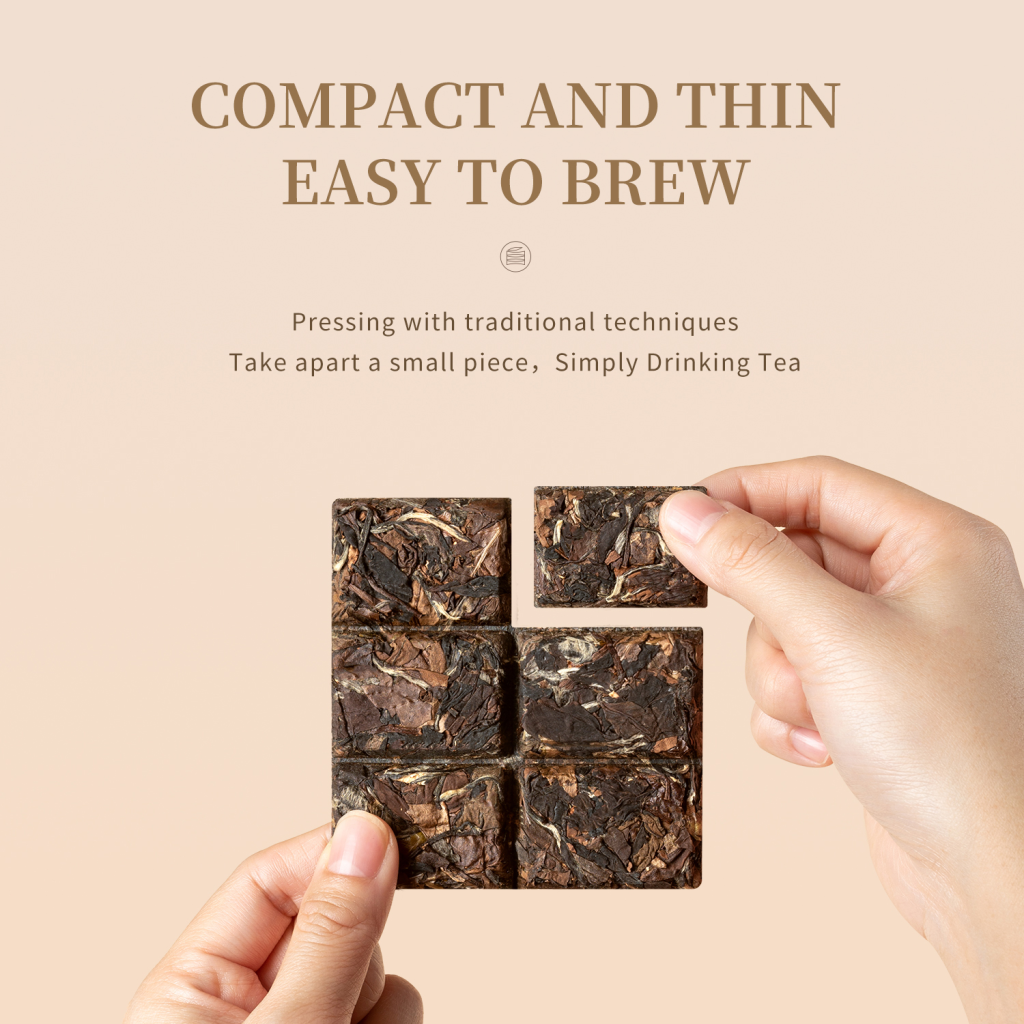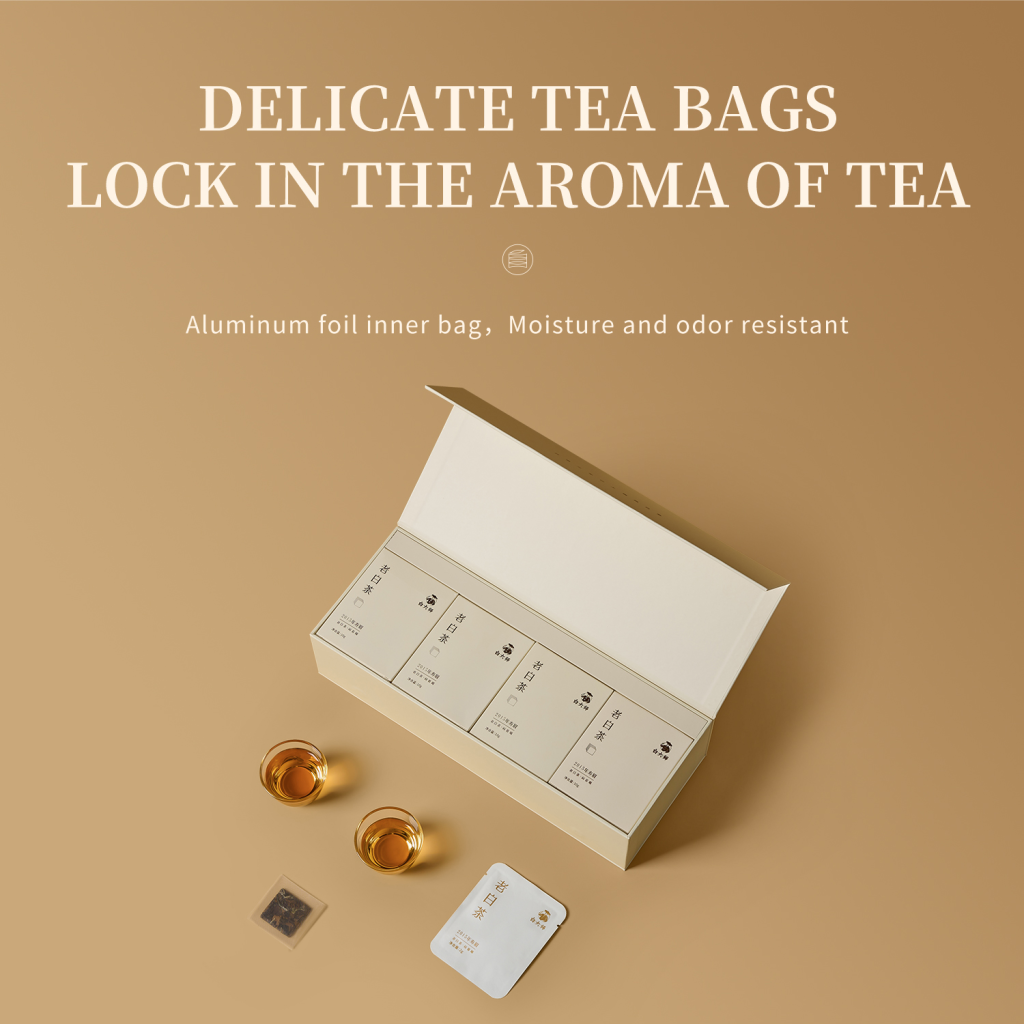White tea, one of the six major tea categories in China, is renowned for its unique qualities and rich history. Classified as a lightly fermented tea, white tea is a rare treasure in the world of teas, often referred to as “a year as tea, three years as medicine, and seven years as a treasure.” This saying highlights the tea’s evolving qualities over time. With over five centuries of history, white tea’s origins can be traced back to the Ming Dynasty, making it not only a beverage but a cultural heritage.

Understanding White Tea: Varieties and Characteristics
White tea is prized for its delicate appearance and subtle, yet distinct, flavor profile. The processed tea leaves are covered in fine, silvery-white hairs, giving the tea its name. The end product boasts a unique aroma, fresh taste, and a clear, bright liquor. Unlike other teas, white tea is known for retaining its quality and character over time, making it a favorite among tea connoisseurs.
White tea is categorized into four main varieties based on the quality of the raw materials used:
- Silver Needle (Baihao Yinzhen): The highest grade of white tea, made exclusively from young, unopened buds covered with white hairs.
- White Peony (Bai Mudan): A blend of young buds and leaves, offering a fuller flavor with a slight floral note.
- Gong Mei: A lower grade than White Peony, but still offering a sweet and mellow taste.
- Shou Mei: Made from more mature leaves, Shou Mei is a stronger tea with a richer, more robust flavor.
In addition to these varieties, white tea can also be classified based on its form:
- Loose Leaf Tea: The traditional form, where the tea leaves are left loose.
- Tea Cakes (Bing Cha): Compressed into cake-like forms for easy storage and aging.
- Tea Bricks (Zhuan Cha): Another compressed form, often more compact than tea cakes.
- Tea Bags: A convenient option for everyday consumption.
The Simplified Craft of White Tea Production
Despite its delicate nature, white tea is known for its relatively simple processing method. The production of white tea involves three key steps: withering, drying, and sorting.

1. Withering: The Essential First Step
Withering is the first and most crucial step in white tea production. During this process, the tea leaves are allowed to wilt, losing moisture and beginning the transformation that develops the tea’s unique characteristics. The withering process can be natural or assisted by human intervention.
Natural Withering: Typically conducted in sunny conditions, natural withering relies on the sun’s warmth and ambient humidity to gently dry the tea leaves. This method is preferred when the temperature is between 20°C and 30°C, and the relative humidity is around 85% to 90%. The leaves gradually change from a dark green with purple hues to a lighter yellow-green as they wither.
Artificial Withering: On cloudy days or in controlled environments, artificial withering is employed. This method ensures consistent results by carefully managing the temperature and humidity. The tea leaves must not be disturbed during withering to prevent excessive moisture loss. Over time, the leaves will turn a light yellow-green as their moisture content decreases, and the leaf veins darken to a light brown.
2. Drying: Locking in the Essence
Drying is the step where the leaves are dried to preserve the quality and extend the shelf life of the tea. This process is crucial in defining the tea’s final flavor, aroma, and appearance.
Natural Drying: This traditional method involves spreading the withered leaves under the sun. Sun-drying allows the leaves to retain more of their natural flavor and aroma. However, this method requires optimal weather conditions and careful monitoring to avoid over-drying.
Mechanical Drying: In modern tea production, mechanical drying is often used to ensure consistency and efficiency. Using equipment like hot air dryers, the leaves are dried at controlled temperatures, reducing moisture content while preserving the tea’s natural qualities.

3. Sorting: Refining the Final Product
After drying, the tea leaves undergo a sorting process. This step involves sifting the dried leaves to separate different grades, ensuring uniformity in the final product. The leaves are usually passed through a series of sieves to achieve the desired size and quality, making it easier to package and sell the tea in different grades and forms.
The Health Benefits of White Tea: A Natural Elixir
White tea is not just a refreshing beverage; it also offers a range of health benefits that make it stand out among other teas. Rich in antioxidants, white tea is known for its anti-aging properties and its ability to combat free radicals. Additionally, it has been shown to help lower blood sugar levels, reduce blood fat, and support overall cardiovascular health.
The tea’s gentle processing ensures that more of its natural nutrients are preserved, making it a healthier option compared to more heavily processed teas. The combination of its mild fermentation and high-quality raw materials contributes to white tea’s effectiveness as a healthful drink.
Packaging White Tea: Preserving Quality for the Long Term
Packaging is a critical aspect of white tea production, as it plays a significant role in preserving the tea’s quality during storage. White tea is typically packaged in materials that protect it from light, air, and moisture, ensuring that its delicate flavors and aromas are maintained over time.
Common Packaging Options:
- Paper Boxes: Often used for mid-range teas like White Peony and Shou Mei. These boxes are usually made of corrugated cardboard or standard paperboard, providing basic protection.
- Wooden Boxes: High-end teas such as Silver Needle and White Peony are often packaged in wooden boxes made from high-density polyethylene or wood-laminated panels. These boxes are durable and offer superior protection against environmental factors.
- Metal Tins: Stainless steel or tinplate containers are ideal for premium white teas. They provide an airtight seal that keeps the tea fresh and aromatic, preventing any loss of flavor over time.
Conclusion: The Timeless Appeal of White Tea
White tea is a true testament to the artistry of tea making. Its simple yet precise production process, combined with its rich history and health benefits, makes it a prized possession among tea enthusiasts. Whether you’re savoring a cup of Silver Needle or enjoying the robust flavor of Shou Mei, white tea offers a unique experience that transcends time and culture.
At [Your Company Name], we take pride in offering only the finest white teas. Our commitment to quality, from the careful selection of raw materials to the meticulous processing and packaging, ensures that every cup of our white tea delivers the perfect balance of taste, aroma, and health benefits. Explore our range of white teas today and discover why this ancient beverage continues to be revered in the modern world.

